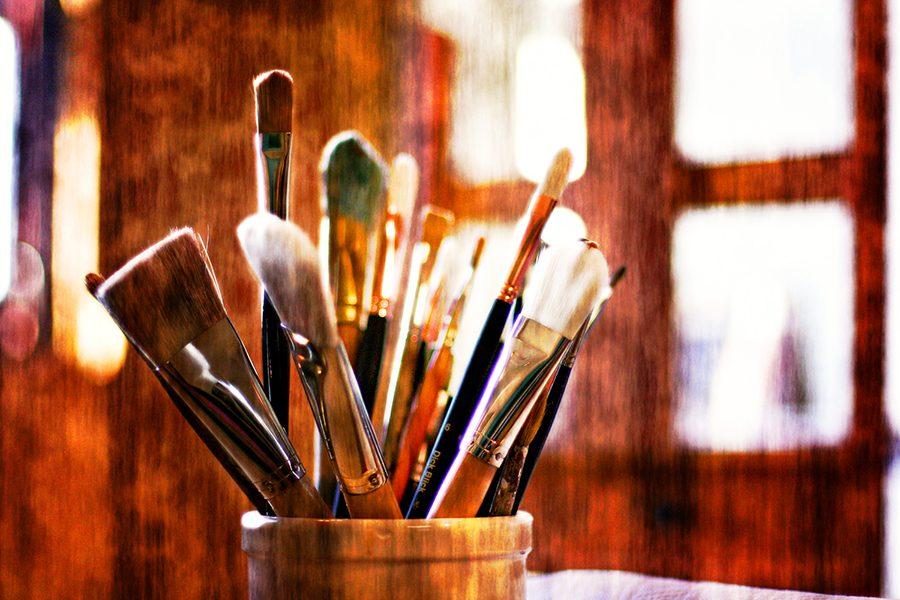Art therapy: expressing ineffable emotions
October 24, 2016
Those who have doodled on paper, finger painted, or sculpted clay know the calming effect of art. Its natural healing ability is the foundation of art therapy, where verbal communication isn’t a restriction when improving psychological health.
Adults and children alike use a variety of visual art mediums to express emotions, allowing therapists to view clients’ minds in a way that words just can’t describe. But just as any other type of therapy of the mind, art therapy is designed to treat mental and psychological disorders, so that patients may leave the program functioning with higher efficiency than when they arrive. Therapists may address self-image, relational well-being, or other emotional difficulties.
Creative design is aso a good tool for releasing negative emotions outside of a clinical setting. Madylin Partridge ‘17 explained that art allows her to relax and “ignore everything else for a while.” It can be an escape from daily life, an oasis after a long day. Gwen Bergstrom ‘17, a skilled artist, agreed. “Art is therapeutic,” she says. “[It] relieves stress and helps me feel less overwhelmed.”
Miranda Moscatelli ‘17 is quite experienced when it comes to art therapy. She recently discovered this seemingly new form of treatment and has been studying its possibility as a future career. Moscatelli knows of multiple professional art therapy institutions in the area, including C.R.E.A.T.E. in Manchester, NH, but self-guided sessions can be just as helpful. “What I often do as a DIY art therapy session is set up in a peaceful place… work in some aromatherapy by lighting some candles and/or incense, put on some Fleetwood Mac and just let my mind be free from stress and anxiety while I draw or paint. Anybody can do it,” she said. Moscatelli also suggested the use of adult coloring books, which has become a growing trend in recent years.














